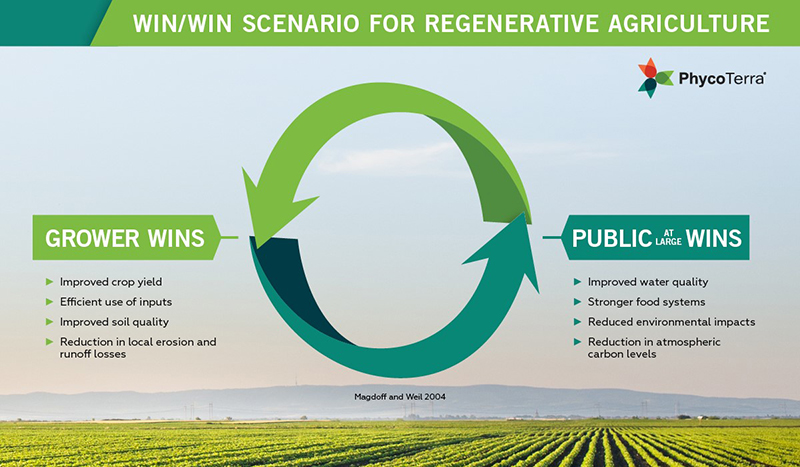Expecting A Sure Thing
If knowledge is power, what does that make perceived knowledge? In life, knowing that something is a so-called “sure thing” can sometimes be dangerous — and expensive.
Take, for instance, the recent experience of dozens of clothing retailers in Columbus, OH. As the hometown The Ohio State University Buckeyes football team prepared to play for the national championship against the University of Florida Gators in early January, sport experts everywhere proclaimed this as a “sure thing” win for the scarlet and gray. Based on this perceived knowledge, retailers in the city spent thousands of dollars buying Buckeye championship shirts, jackets, and other memorabilia.
But a funny thing happened to the sure thing. Florida won, decisively. I’ve heard that the clothing retailers betting on a Buckeyes win lost their shirts — literally and figuratively.
I was reminded of this tale of caution when helping to put together the issue of CropLife® you hold in your hands. As always, this month’s focus is on spring fertility, using this important variable as a gauge to figure out what kind of year ag retailers can expect to have in general. In most years, the industry insiders split 50-50. Occasionally, there are more pessimistic outlooks than optimistic ones. More noteworthy, however, there’s never been a time when those sources our magazine has talked with are universally positive that the year ahead will be completely bright and sunny in terms of overall economic health.
Until now, that is. Strange as it may sound, practically everyone CropLife spoke to for this issue had the perceived knowledge that 2007 will be a truly special, profitable year. Comments ranged from “growers have more money so they will spend it” to “this is the start of a new golden age of agricultural prosperity.”
Without fail, the reason ag retailers are so positive in their outlook for 2007 ties back to a single source — the expected increase in corn acreage as growers look to cash in the ethanol movement. As a crop, corn is much more input intensive than other crops such as soybean or wheat. Perceived knowledge says this added 6 million to 9 million corn acres will mean plenty of additional seed sales, lots of activity in fertilizers, and the application of numerous extra gallons of crop protection products to help maximize yields.
To be fair, a few industry observers did say there were some factors that could keep this completely positive scenario from panning out. One of these related to transportation issues, as more fertilizer comes from off-shore sources, increasing the lead time required to get more product by 40 days.
Weather, of course, was another worry, especially if extreme dry or wet conditions keep inputs from being applied. “It only takes one hailstorm to ruin a parade,” said one retailer.
Still, even with these few negatives, the perceived knowledge is that 2007 will be the kind of year retailers will tell their grandchildren about.
This attitude was nicely summed up by Pat Avery of J.R. Simplot Co. “Even with questions about the weather and supply issues, I can’t wait for the season to get started,” he said.
It’s hard to argue with such widespread positive perceived knowledge. Just maybe, the “sure thing” ag retailers have waited for is finally here.






